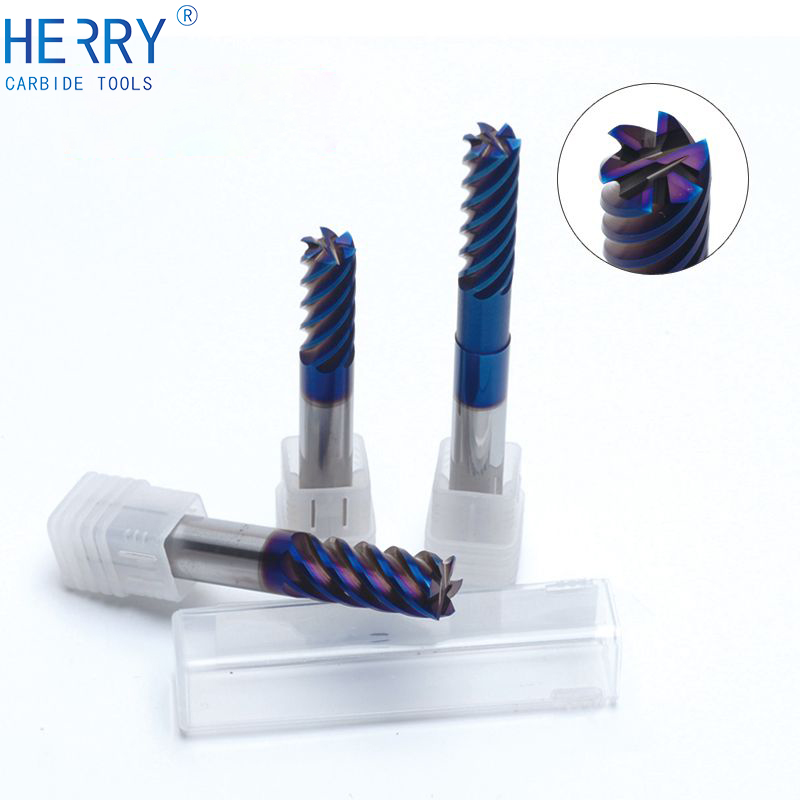
Product Introduction
attachment:Carbide Flat End Mills.xlsxCarbide Flat End Mills: Precision and Durability
Carbide flat end mills are an essential tool in the machining industry valued for their precision durability and ability to maintain sharp edges during extended use. These end mills are particularly useful for a variety of applications including but not limited to slotting profiling plunging and face milling.
Features:
High Hardness and Wear Resistance: Made from tungsten carbide these mills are designed to withstand high temperatures and resist wear providing a long tool life.
.
Precision Ground: The precision grinding process ensures that each end mill has a consistent and accurate cutting edge resulting in clean and precise cuts.
Versatility: Suitable for a wide range of materials including steel stainless steel aluminum and more these end mills can handle various machining tasks.
Coatings: Many carbide flat end mills come with a PVD or CVD coating to further enhance their performance and extend tool life.
Applications:
Slotting: Used to create slots in a workpiece with precise width and depth.
Profiling: Ideal for cutting complex shapes and profiles into materials.
Plunging: Although drilling is typically done with a drill bit flat end mills can be used for plunging operations.
Face Milling: Effective for creating flat surfaces on the workpiece.
Advantages:
Improved Surface Finish: The sharp edges of carbide end mills produce a smooth surface finish often reducing or eliminating the need for additional finishing processes.
Higher Cutting Speeds: The hardness of carbide allows for higher cutting speeds leading to increased machining efficiency.
Reduced Tool Costs: While the initial cost per carbide end mill might be higher their extended lifespan and improved efficiency can significantly lower the overall cost-per-part.
Choosing the Right Carbide Flat End Mill:
Material Compatibility: Ensure the end mill is suitable for the material you are machining.
Cutting Parameters: Consider the cutting speeds feed rates and depths of cut that your operation requires.
Tool Holder Compatibility: Verify that the end mill is compatible with your existing tool holders or milling machines.
Best Practices:
Proper Clamping: Securely clamp the end mill in the tool holder to prevent any movement or vibration during operation.
Cutting Fluids: Use cutting fluids where appropriate to help with heat dissipation and chip evacuation.
Regular Inspection: Periodically inspect the end mill for wear and replace it when necessary to maintain machining quality.
In conclusion carbide flat end mills are a reliable choice for a variety of milling operations offering precision durability and versatility. By selecting the appropriate end mill and following best practices you can achieve optimal performance and efficiency in your machining operations.
Send Inquiry



 18581906093
18581906093